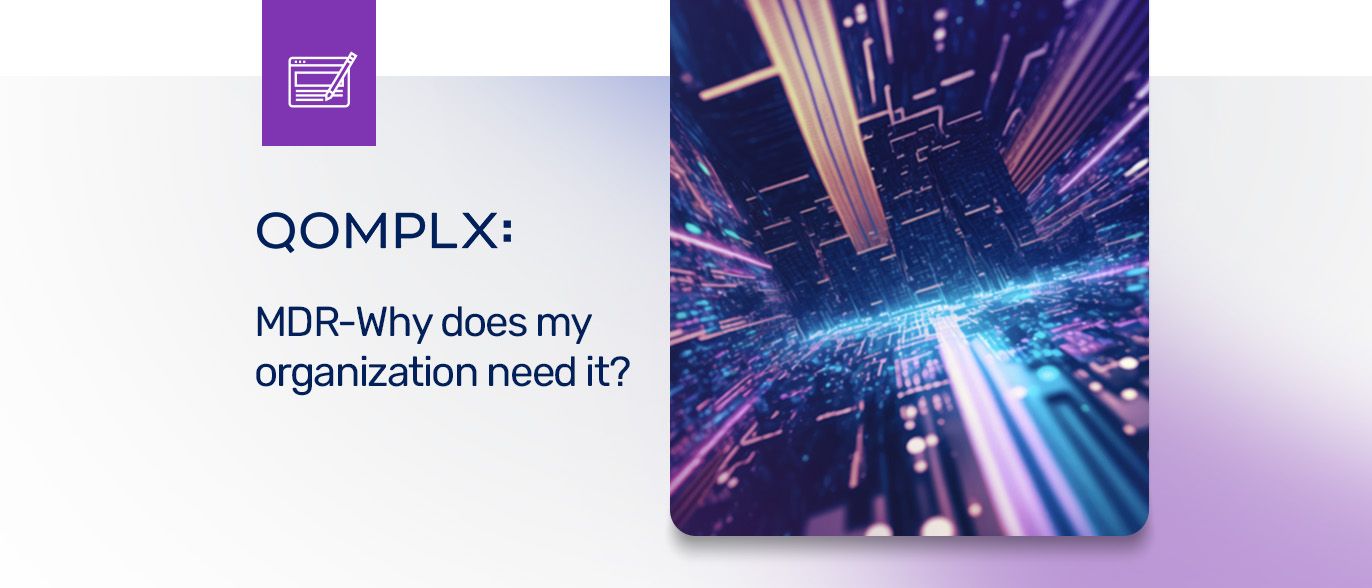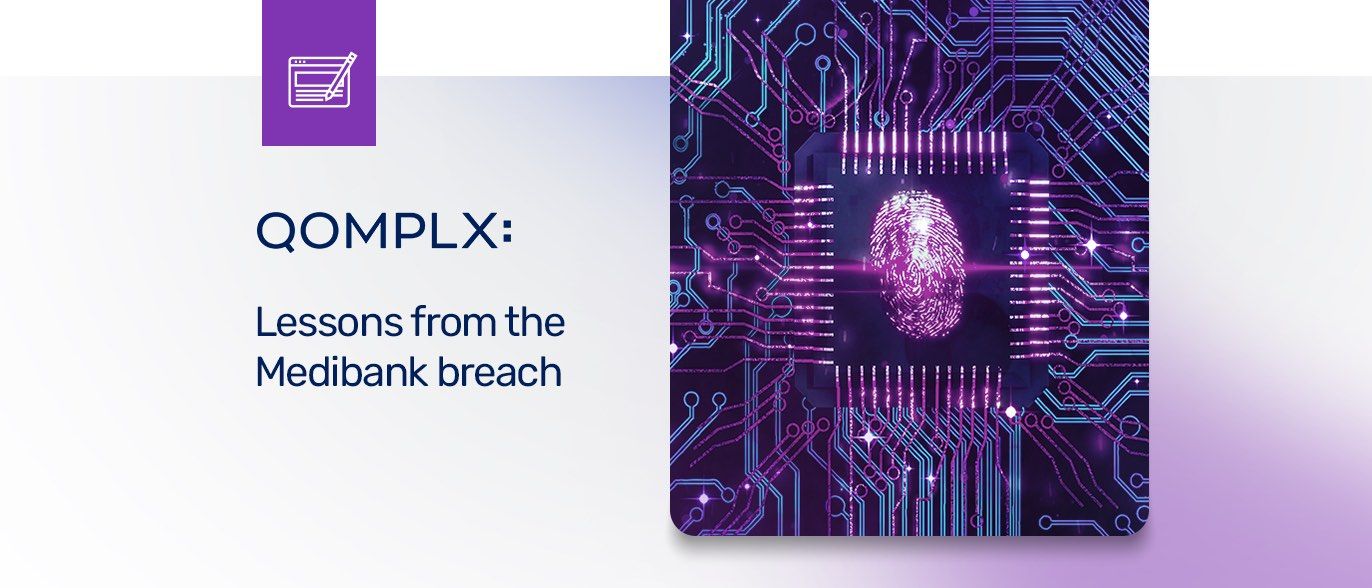In this installment of our attack surface risk signals series, we cover IP reputation as a risk indicator
One of the clearest indicators of risk associated with a domain is an active connection to known malicious infrastructure on the Internet, such as communications with- or involvement with Command and Control (C2) servers used to manage deployed malware. Evidence that IP addresses associated with your organization have been communicating with known C2 infrastructure is a red flag for organizations, suggesting the presence of compromised systems within your environment. So too is involvement of systems within your organization in active C2 networks.
Organizations that track the “reputation” of IP addresses look at a variety of factors in calculating a reputation score. For example: IP address involvement in spam distribution will negatively affect its reputation score, as will participation on malware command and control networks. IP reputation services can help organizations determine whether a given address is- or has been associated with known, malicious activity.
By actively monitoring these databases for the presence of IP addresses belonging to your organization, you can assess whether systems within your environment or adjacent infrastructure have been compromised and take steps to address the risk posed by compromised endpoints and servers.
Q:SCAN checks for IP reputation and malware indicators
Q:SCAN leverages leading IP reputation APIs to check the reputation of each designated IP address within protected environments. Q:SCAN assigns IP addresses a risk score based on the reputation associated with these addresses as well as shared IP space like CDNs. IP address scoring takes into account both historic and current IP reputation scores, with more recent scores weighted more heavily. Additionally, the reputation score takes into account the type of activity detected -spam distribution versus malware pinging and adjusts the score accordingly.





